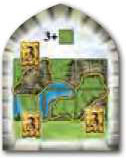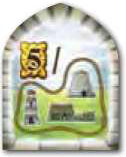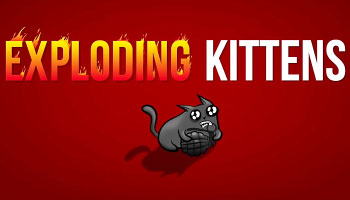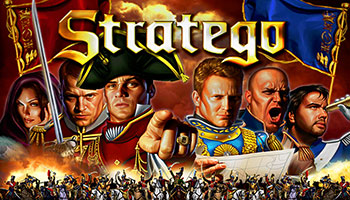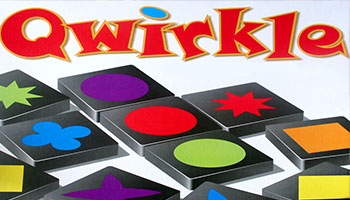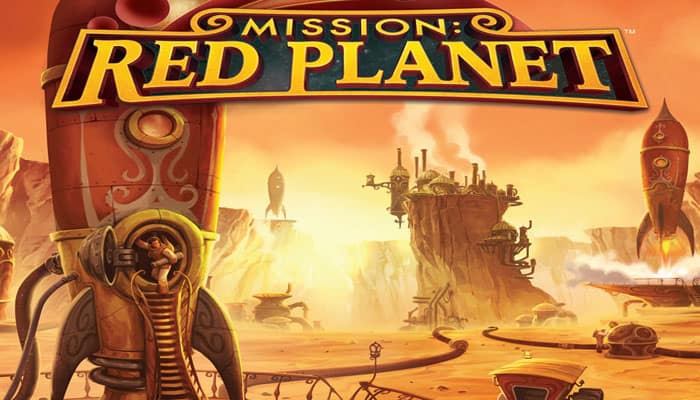
In Mission: Red Planet, two to six players assume the roles of Mars-bound mining corporations in a Victorian steampunk era. Players send astronauts to explore various zones of Mars, compete for majority in their zone, and mine the planet's valuable resources.
Object of the Game
Players can gain points in several ways, such as by mining resources and completing mission cards. At the end of the game, the player with the most points wins.
Components

- 1 Game Board of Mars consists of 4 pieces
- 1 Moon of Phobos
- 1 Lost in Space Memorial
- 132 Plastic Astronauts (22 for each color)
- 1 Round Tracker
- 11 Resource Tokens
- 20 Destination Tokens
- 86 Point Tokens
- 36 Ship Cards
- 54 Character Cards
- 1 Global Mission Card
- 30 Event Cards
Setup
Setup Diagram (4-player Game)

-
Prepare Game Board: Connect the four pieces Tf) of Mars and place the assembled planet in the center of the play area. Place Phobos and the Lost in Space Memorial near Mars. …







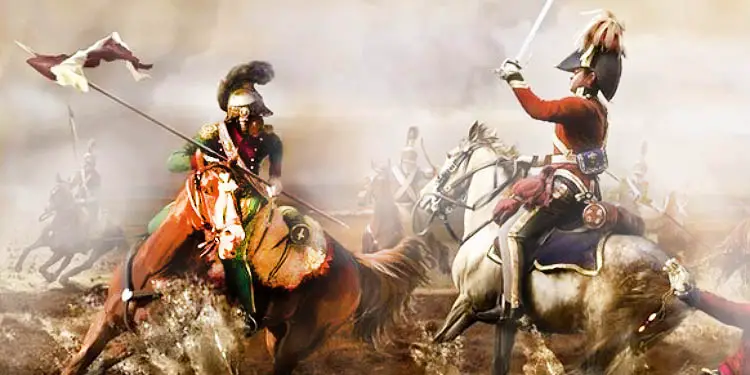
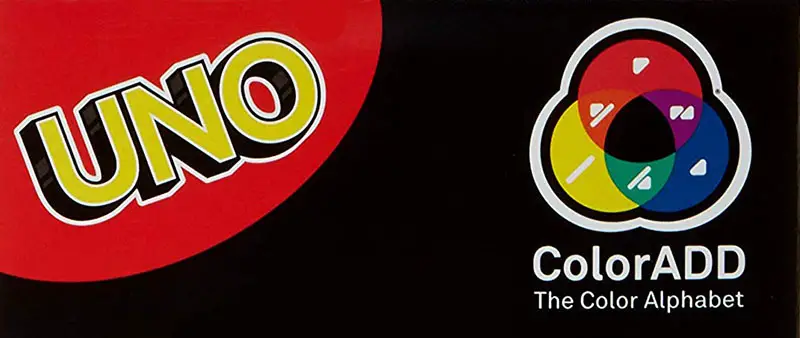
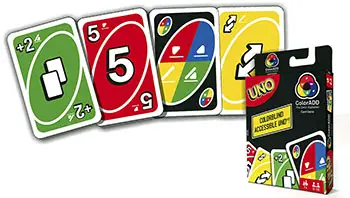
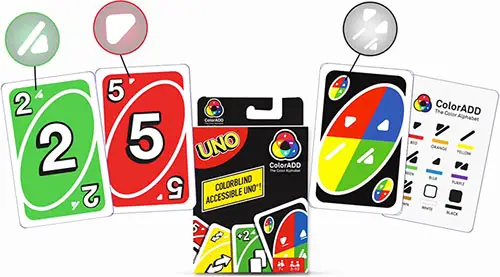





 from the Mint Supply, then each other player gains
from the Mint Supply, then each other player gains  from the Mint Supply.
from the Mint Supply.






 's)
's)





